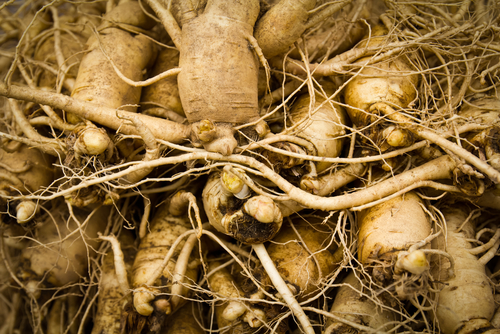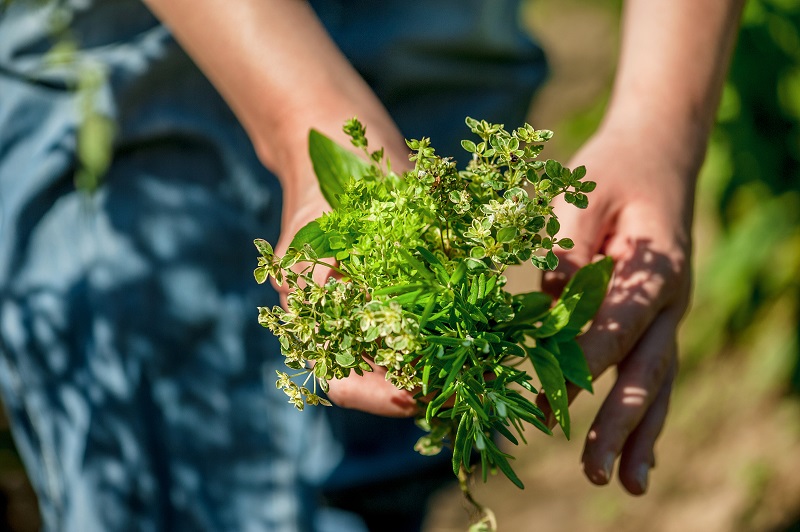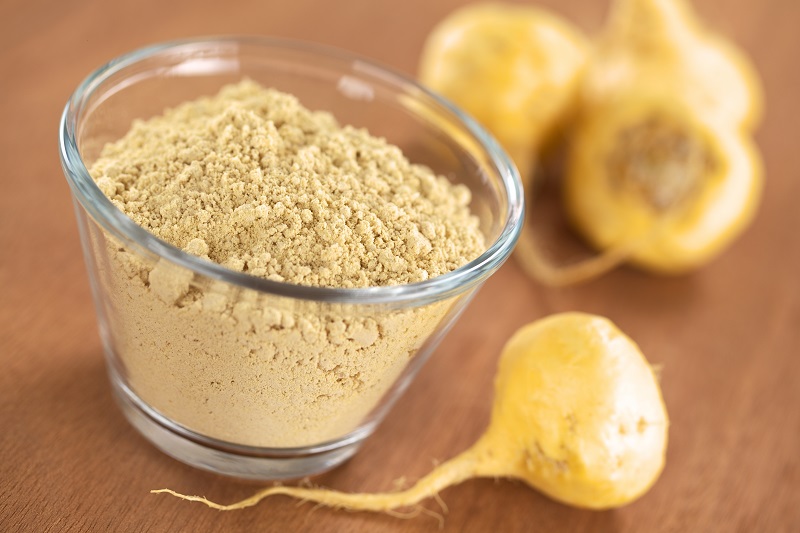Herb Highlight: Ginseng
Introduction
Our previous Case Study on Ginseng highlighted the history, popularity, benefits, and threats to American Ginseng. However, the article did not cover the various forms of ginseng. To clarify, all true Ginseng plants have Panax as the root of their scientific name. 1 There are 3 types of ginseng in this article: Korean, American, and Notoginseng. For all of these varieties, the root contains the active chemical constituent: ginsenosides.2 Despite this commonality, they are all used in traditional medicine for different effects.
Korean Ginseng
Korean Ginseng is also known as Asian Ginseng or Chinese Ginseng, though the scientific name is Panax ginseng.3 In fact, it is native to China, Korea, and Siberia. For thousands of years, its use is well-known in Traditional Chinese Medicine.4 The root comes in 3 different forms: fresh, white, or red. The red version undergoes steaming before the drying process.1 Often combined with other herbs in traditional medicinal formulas, ginseng is an adaptogen that helps the body deal with stress. 2
Notoginseng
Notoginseng’s other name is also Chinese Ginseng, but in Chinese it is Tienchi Ginseng. However, its scientific name is Panax notoginseng. Yet, like panax ginseng, it is also native to China. 5 In traditional medicine, Notoginseng effects blood flow.6 However, please do not take it if pregnant or if you have a condition that could worsen with an increase of estrogen.6
American Ginseng
American Ginseng is the main herb that was featured in the Ginseng Case Study previously posted. Though it is related to the other Asian varieties and a popular herb in Traditional Chinese Medicine, it is native to the Midwest and Eastern regions of the United States.7 In fact, the annual harvest is thousands of pounds8 and China receives a large volume of that harvest. This trade began in the mid-1700s9 and in recent years is putting stress on the wild population.8 American ginseng is considered a yin (cooling) herb as opposed to yang (warming) like the two Asian varieties.7 In traditional medicinal thought, it supports the immune system and lowers blood sugar.
Sources
2 – Asian Ginseng | Mount Sinai Health System
5 – Panax notoginseng – Wikipedia
6 – Panax Notoginseng: Uses, Side Effects | WebMD
7 – American ginseng – Wikipedia
8 – American Ginseng in Forest and Marketplace | USDA







